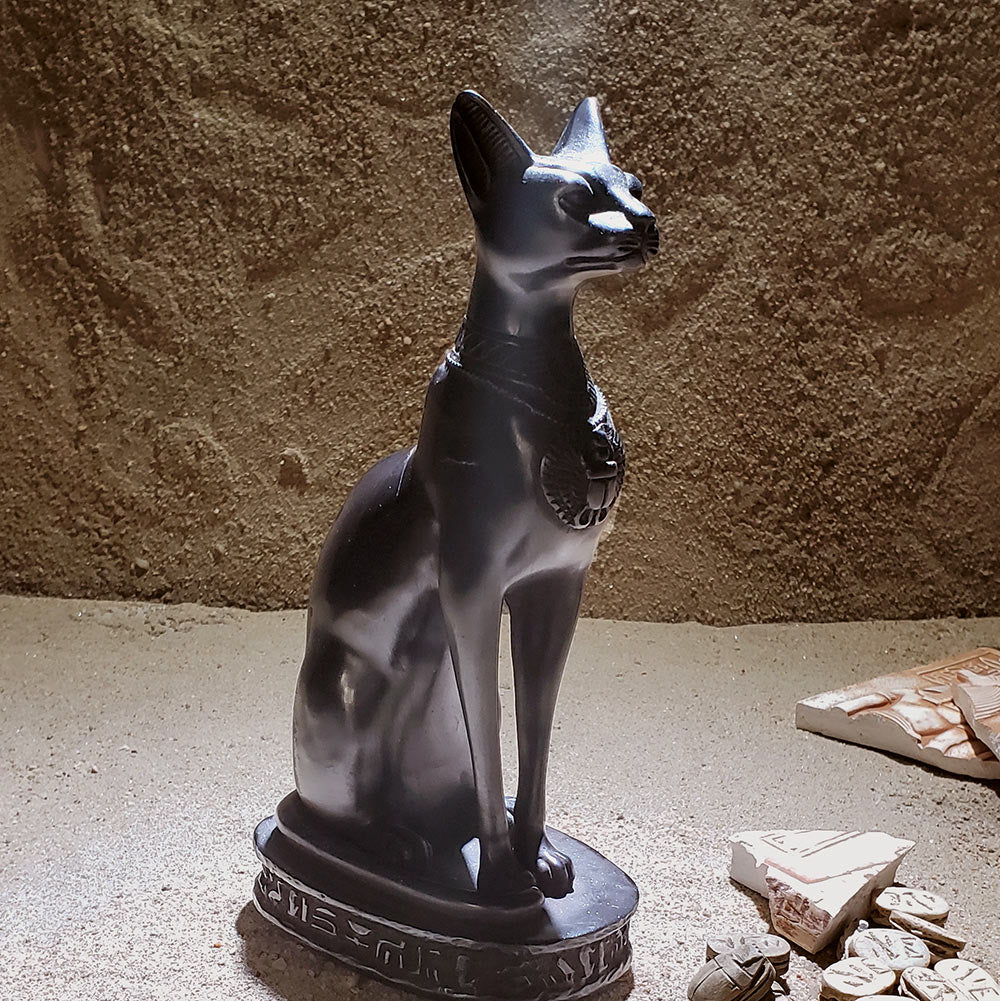Egyptian History: Ancient Egyptian Music and Instruments
Egyptian History: The ancient burial practice of Egyptian mummification
Egyptian Deity: Osiris the Ancient Egyptian God of the Afterlife
Egyptian Travel: The Tomb of Prince Amenherkhepshef
Egyptian Artifact: The Significance of the Rosetta Stone
Egyptian Travel: Visiting the Pyramids of Giza Complex
Egyptian Deity: Seth the protective god of chaos















